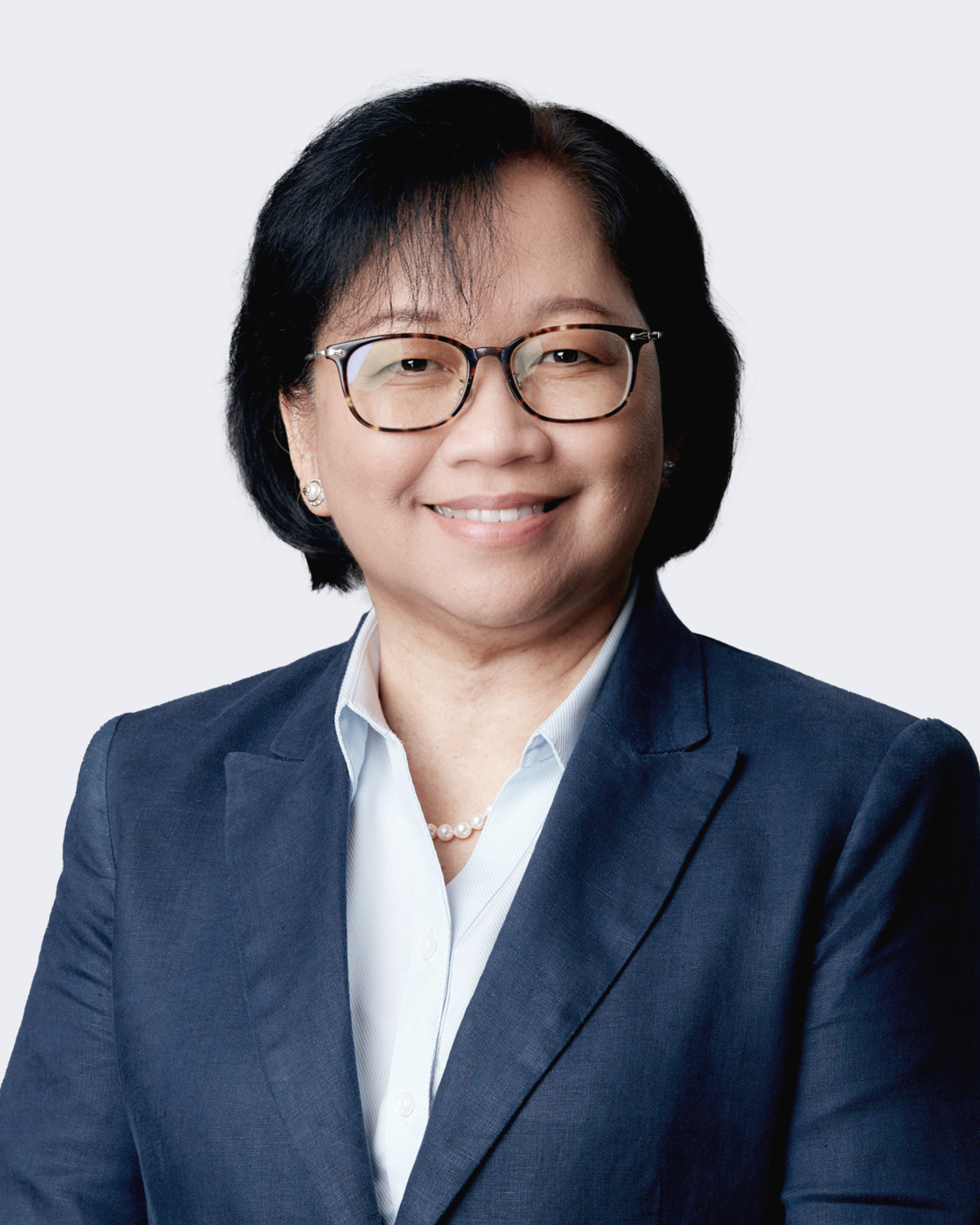
Under Thailand 4.0, renewable energy is a key priority for innovation. Cognizant that dependence on imported fossil fuels is not only economically and ecologically unsustainable, but also exposes the country to the unpredictability of global commodity markets, the Thai government embarked on a power development plan in May 2015 (PDP 2015).
The PDP 2015 is based on ecology, economy, and security of the national power system. Within this framework, the Alternative Energy Development Plan 2015 (AEDP) was developed to reduce dependency on imported energy and increase alternative energy capacity from 7,279 MW in 2014 to 19,635 MW in 2036.
To meet this target, the AEDP has adopted the following principles:
- Prioritize power generation from waste, biomass, and biogas.
- Allocate renewable energy generation capacity according to demand and potential in regions/provinces.
- Promote current low-priority solar and wind power projects at a later stage once cost becomes competitive compared with power generation from liquefied natural gas.
- Change the selection process for feed-in tariff grants from first-come, first-served to competitive bidding.
- Promote community energy production to reduce fossil fuel usage.
- Increase the share of renewable energy consumption from the current 12% to 30% in 2036.
Feed-in Tariffs
To support power generation from renewable energy, the Thai government adopted in October 2014 a new feed-in tariff (FiT), or pricing mechanism to pay renewable energy producers for each unit of energy they contribute to the electricity grid. This replaced the former adder program that had been in place for several years before expiring on December 31, 2015. The adder program offered renewables developers an additional premium to the wholesale electricity price.
The new FiT will be granted for 20 years, except for power systems fueled by landfill gas, which will receive support for only 10 years. The FiT is comprised of three components:
- FiT(F) is the fixed remuneration for the whole period
- FiT(V) varies according to inflation rate
- FiT Premium
FiT rates vary depending on the technology, power plant size, and fuel type. FiT rates in 2017 range from THB 3.76/kWh to THB 6.34/kWh. A FiT Premium of THB 0.30-0.70 is added for bioenergy projects for a period of eight years. Another FiT Premium is added for projects located in southern Thailand throughout the project lifetime. The FiT rates favor small-sized systems (i.e., less that 1 MW), as well as biomass and biogas. This aligns with the government’s policy to promote renewable energy uptake in communities, and the AEDP’s focus on waste-to-energy, biomass, and biogas.
The high FiT rate of THB 5.66/kWh enjoyed by solar farms is expected to drop to THB 4.12/kWh as costs of solar modules and systems have dropped substantially over the past two years. The FiT rate for biomass power will remain in the range of THB 4.2-5.3/kWh, while that of waste-to-energy will stay at THB 5.0-6.3/kWh, based on current projections.
Because projects are selected according to a competitive bidding system, it is important to understand that the FiT rates serve only as a ceiling for proposals. Power producers are expected to make a competitive offer not exceeding this ceiling.
Recent Track Record
In August 2014, the Energy Regulatory Commission (ERC) launched the Ground-Mounted Solar Energy Project for the Government Sector and Agricultural Cooperatives Program, which aims to meet AEDP targets for solar power generation. The program has an overall capacity of 800 megawatt peak (MWp) and a maximum capacity of 5 MWp per solar farm project. A FiT of THB 5.66/kWh is granted for a 25-year power purchase agreement (PPA), commencing from the commercial operation date, or the actual operation date, whichever comes first. The program is under a public-private partnership (PPP) framework, whereby the government or an agriculture cooperative is the public partner/owner and the private sector is the project supporter, providing know-how and technology. There were problems during the selection process, principally concerning zoning restrictions and the criteria for selecting eligible projects as the selection process was carried out by lucky draw, as opposed to competitive bidding. Projects were finally awarded to agricultural cooperatives on April 26, 2016, with commercial operation dates scheduled before December 30, 2016.
Several bidding programmes for renewable energy projects followed under the support and direction of the policy of the National Energy Policy Committee, with the ERC announcing winning bids for biogas on April 21, 2016; biomass on August 25, 2016; and industrial waste-to-energy projects on October 28, 2016. The PPP agreements for these projects are scheduled to be signed by February 25, 2017.
In the Pipeline
A second round of licensing for ground-mounted solar farm projects for government agencies and agricultural cooperatives with a total quota of approximately 118.68 MW (with a maximum of 5 MW per project) is expected within this year, pending regulatory review. The ERC has yet to clarify whether licenses will be granted to joint solar farm development between private investors and state agencies, as some regulations prohibit state agencies from investing in such joint ventures.
The Energy Policy and Planning Office has also proposed a change of method in awarding contracts from drawing lots to competitive bidding. This change has been met with strong opposition from agricultural cooperatives who fear that they could be excluded from the bid, as bidders must be owners and investors of solar farm projects.
Other renewable energy projects in development include a community waste-to-energy programme with a total capacity of approximately 77.9 MW, scheduled for bidding in the beginning of March 2017 and commercial operation before December 31, 2019. The ERC is also expected to launch biogas projects of 8 MW located in certain southern provinces and a biomass programme with a total capacity of 400 MW.
Challenges
While developers still enjoy government support and subsidies, issues concerning permitting and project ownership structure are particularly problematic in Thailand.
The legal framework for permitting—especially with respect to the use of land—is not coordinated. Different authorities sometimes do not follow the same standards or set of rules in issuing permits and licenses. A recent case involving a wind energy project in Chaiyaphum province demonstrated these conflicting permitting rules, when a resolution by the Land Reform Committee of Chaiyaphum province to lease Sor Por Kor land, normally reserved for distribution to local farmers, to Thep Sathit Wind Farm Co., Ltd. was ruled unlawful and ordered to be revoked by the Nakhon Ratchasima Administrative Court, following a lawsuit from local farmers. The ruling was also later upheld by the Supreme Administrative Court.
In addition, construction of power plants is governed by various regulations that contradict each other and require comprehensive review. A case in point is the National Council for Peace and Order’s Order 4/2016, issued by Prime Minister Prayut Chan-o-cha, on January 20, 2016, using his authority under Section 44 of the Interim Constitution, which gives him and security agencies absolute power to maintain national security. The order exempts all kinds of power plants, water treatment plants, garbage disposal and collection plants, recycling plants, and gas processing plants from regulations under the Town and City Planning Act. Building a power plant based on this order could result in legal challenges from environmentalists and affected communities.
The experience of the first round of licensing for the ground-mounted solar farm projects in 2016 also demonstrated deficiencies in regulations with respect to the PPP process and restrictions on project ownership structures. The relevant regulation has a three-year shareholding lock-up period, and assignment of rights under the PPA is restricted.
Moving Forward
Despite challenges in implementing a viable and affordable renewable energy program, Thailand appears committed to meeting its AEDP targets. The advantages simply outweigh the challenges as domestically-produced renewables would reduce the country’s dependence on imported fossil fuels, and reduce impacts from the unpredictable behavior of commodity markets. Renewables also help reduce emissions, demonstrating Thailand’s commitment, as a responsible global citizen, to environmental conservation.
Nonetheless, Thailand needs to improve the overall structure of its renewable program from the legal/regulatory, ecological, and economic angles. Comprehensive review and updates to the legal and regulatory framework for renewables will help to avoid conflicts among state agencies. In order to attract private investors, the regulations should allow for more flexibility in divesting or restructuring investment portfolios. And the licensing process should be reviewed for more transparency and streamlining, especially for smaller projects.
Policymakers should be mindful of the proper balance between aggressive renewable energy development and the welfare of people and communities. As Thai citizens seek increased participation in decisions about urban and community development, renewable projects should endeavour to actively involve them, as studies show that projects that have broad public support and local community consent are more likely to succeed. Perhaps for this reason, many renewable projects in Germany and Denmark are owned by communities through cooperative structures.
Finally, remunerations, such as the FiT rates, ought to be constantly reviewed to ensure that they are economically sustainable. A high FiT rate may be attractive to private investors, but may be economically unsustainable for the country. The remuneration structure should consider the continuing drop in the cost of renewable infrastructures and systems due to improvements in technology and economies of scale. At the same time, the current lure of cheap oil should not deter Thailand from investing in renewables and meeting its AEDP targets for future sustainability, for while oil prices may fluctuate up or down, the cost of renewables, only has one direction to go: down.
